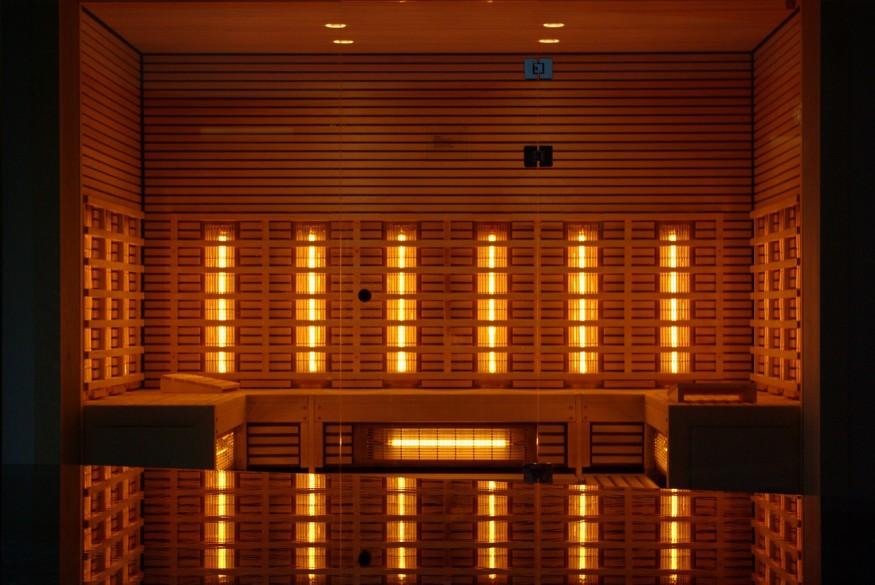
A study conducted by researchers at Massachusetts General Hospital (MGH), suggests that low-level light therapy could play a significant role in promoting healing in the brains of individuals who have experienced traumatic brain injuries.
To be published in Radiology, the study involved 38 patients with moderate traumatic brain injuries, all of whom received low-level light therapy through a helmet emitting near-infrared light within 72 hours of their injuries.
Dr. Rajiv Gupta, co-lead author of the study, explained that near-infrared light can penetrate the skull, allowing the entire brain to be exposed to the therapy.
"The skull is quite transparent to near-infrared light," Gupta explained. "Once you put the helmet on, your whole brain is bathing in this light.
The scientists utilized functional MRI, a imaging method, to assess the impact of light therapy. Their focus was on the brain's resting-state functional connectivity, which denotes communication between different brain regions when an individual is not actively engaged in a task.
To analyze the effects, MRI scans were conducted across three recovery phases: the initial acute phase (within one week after injury), the subacute phase (two to three weeks post-injury), and the late-subacute phase (three months after injury).
Among the 38 participants in the study, 21 did not undergo light therapy while wearing the helmet, serving as a control group to mitigate bias from patient variables and potential placebo effects.
Results revealed that patients who underwent low-level light therapy displayed a more pronounced alteration in resting-state connectivity across seven pairs of brain regions during the acute-to-subacute recovery phase compared to the control group.
While the immediate effects of light therapy on brain connectivity were evident, long-term outcomes remain uncertain. Study coauthor Nathaniel Mercaldo, Ph.D., a statistician with MGH, noted that although connectivity increased initially, its sustained impact is yet to be determined.
"We were unable to detect differences in connectivity between the two treatment groups long term, so although the treatment appears to increase the brain connectivity initially, its long-term effects are still to be determined," Mercaldo noted, Neuroscience News reported.
The exact mechanism by which light therapy affects the brain is still under investigation, with previous research suggesting alterations in mitochondrial enzymes and blood vessel dilation as potential factors.
Despite the observed increase in brain connectivity, no significant differences in clinical outcomes were detected between treated and control groups. The researchers advocate for further studies with larger patient cohorts and longer-term imaging to elucidate the therapy's therapeutic potential.
"There is still a lot of work to be done to understand the exact physiological mechanism behind these effects," said study coauthor Suk-tak Chan, Ph.D., a biomedical engineer at MGH.
The researchers anticipate an expanding role for light therapy as more research findings become available. The 810-nanometer-wavelength light utilized in the study is already utilized in various therapeutic contexts. Its safety, ease of administration, and non-invasive nature make it a preferable option, devoid of the need for surgery or pharmaceuticals.
The researchers anticipate broader use of light therapy in neurological disorders, including PTSD, depression, and autism, offering new avenues for therapeutic intervention.
